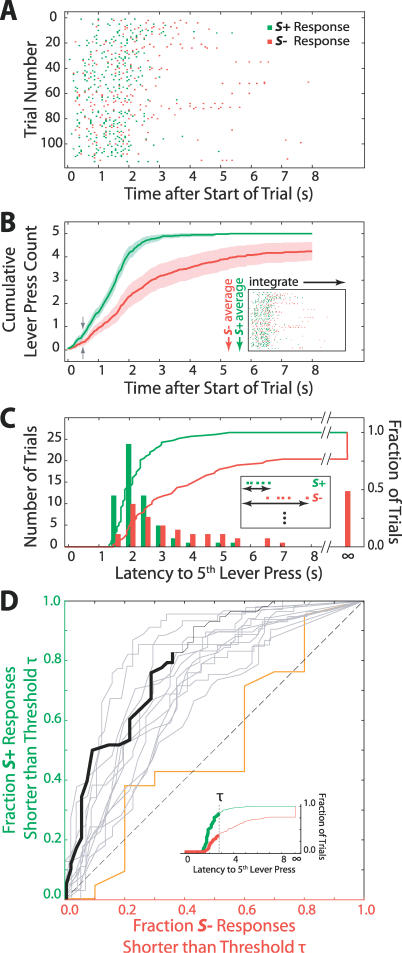Figure 4. Temporal Profile of Behavioral Responses for One Session.
(A) Lever press responses in a session by rat number 20 restricted to the right C1 vibrissa. The trial length T was 8 s and response requirement L (Figure 7D) was five lever presses. Each row shows the first five lever presses in one trial, with responses from S+ trials in green and those from S− trials in red. The fifth response in an S+ trial was followed by a reward. This session consisted of 58 S+ trials and 56 S− trials over 30 min.
(B) Cumulative lever press counts from (A), averaged separately over S+ and S− trials. The inset illustrates this data transformation. The green line and shaded region give the mean ± 2σ (standard error of mean) cumulative lever press counts for S+ trials; equivalent data for S− trials are in red. The gray arrows at 0.5 s mark the time point after which the 2σ error regions remain nonoverlapping.
(C) Distribution of latencies from the start of a trial to the fifth lever press, for the trials shown in (A). Trials with fewer than five responses are shown at infinite latency. The bars and left ticks show numbers of trials as a function of latency, and the lines and right ticks show the same data as cumulative distributions. The S+ and S− distributions are statistically distinct (p < 0.001, two-sided K-S test). Green indicates S+ and red indicates S−.
(D) Receiver operating characteristic curves summarizing differences between S+ and S− latency distributions for multiple sessions. The fraction of S+ trials with latencies below a threshold τ is plotted against the fraction of S− trials with latencies below the same τ; the curves are then constructed as τ varies parametrically. The result for the data from (C) is shown by the solid black line, where the heavy part of the line corresponds to the threshold τ having traversed the heavy parts of the lines in the inset data. The gray lines are from 12 subsequent single vibrissa sessions by the same animal (rat number 20). The orange line corresponds to the control session from Figure 5C. Identical S+ and S− response distributions would yield the diagonal dashed line.

